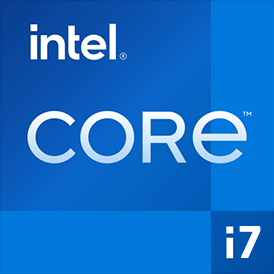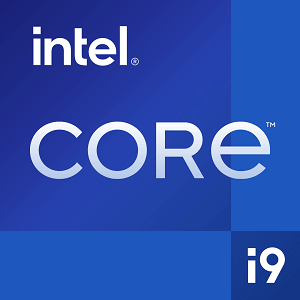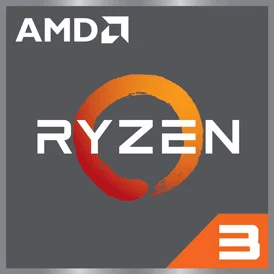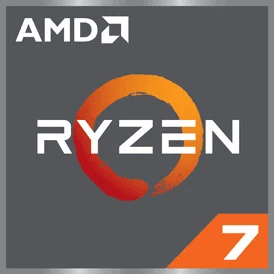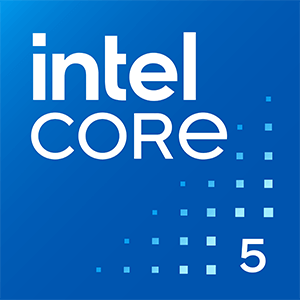Intel Core i7 6500U vs Intel Core i7 13650HX
We compared two laptop CPUs: Intel Core i7 6500U with 2 cores 2.5GHz and Intel Core i7 13650HX with 14 cores 2.6GHz . You will find out which processor performs better in benchmark tests, key specifications, power consumption and more.
Main Differences
Intel Core i7 6500U 's Advantages
Lower TDP (15W vs 55W)
Intel Core i7 13650HX 's Advantages
Released 7 years and 4 months late
Higher specification of memory (4800 vs 2133)
Larger memory bandwidth (76.8GB/s vs 34.1GB/s)
Newer PCIe version (5.0 vs 3.0)
Higher base frequency (2.6GHz vs 2.5GHz)
Larger L3 cache size (24MB vs 4MB)
More modern manufacturing process (10nm vs 14nm)
Score
Benchmark
Cinebench R23 Single Core
Intel Core i7 6500U
719
Intel Core i7 13650HX
+159%
1869
Cinebench R23 Multi Core
Intel Core i7 6500U
2072
Intel Core i7 13650HX
+912%
20973
Geekbench 6 Single Core
Intel Core i7 6500U
1027
Intel Core i7 13650HX
+141%
2484
Geekbench 6 Multi Core
Intel Core i7 6500U
2074
Intel Core i7 13650HX
+559%
13670
Blender
Intel Core i7 6500U
22
Intel Core i7 13650HX
+1236%
294
Geekbench 5 Single Core
Intel Core i7 6500U
742
Intel Core i7 13650HX
+145%
1822
Geekbench 5 Multi Core
Intel Core i7 6500U
1655
Intel Core i7 13650HX
+762%
14277
Passmark CPU Single Core
Intel Core i7 6500U
1695
Intel Core i7 13650HX
+126%
3847
Passmark CPU Multi Core
Intel Core i7 6500U
3261
Intel Core i7 13650HX
+878%
31912
General Parameters
Sep 2015
Release Date
Jan 2023
Intel
Manufacturer
Intel
Laptop
Type
Laptop
x86-64
Instruction Set
x86-64
Skylake
Core Architecture
Raptor Lake
i7-6500U
Processor Number
i7-13650HX
BGA-1356
Socket
BGA-1964
HD Graphics 520
Integrated Graphics
UHD Graphics (16EU)
Package
1.7 billions
Transistor Count
-
14 nm
Manufacturing Process
10 nm
15 W
Power Consumption
45-55 W
-
Max Turbo Power Consumption
157 W
100 °C
Peak Operating Temperature
100°C
CPU Performance
2
Performance Cores
6
4
Performance Core Threads
12
2.5 GHz
Performance Core Base Frequency
2.6 GHz
3.1 GHz
Performance Core Turbo Frequency
4.9 GHz
-
Efficiency Cores
8
-
Efficiency Core Threads
8
-
Efficiency Core Base Frequency
1.9 GHz
-
Efficiency Core Turbo Frequency
3.6 GHz
2
Total Core Count
14
4
Total Thread Count
20
-
Bus Frequency
100 MHz
-
Multiplier
26x
64 K per core
L1 Cache
80 K per core
256 K per core
L2 Cache
2 MB per core
4 MB shared
L3 Cache
24 MB shared
No
Unlocked Multiplier
Yes
Memory Parameters
DDR4-2133, LPDDR3-1866, DDR3L-1600
Memory Types
DDR5-4800, DDR4-3200
32 GB
Max Memory Size
192 GB
2
Max Memory Channels
2
34.1 GB/s
Max Memory Bandwidth
76.8 GB/s
No
ECC Memory Support
Yes
Graphics Card Parameters
true
Integrated Graphics
true
-
GPU Base Frequency
350 MHz
1050 MHz
GPU Max Dynamic Frequency
1550 MHz
-
Shader Units
128
-
Texture Units
16
-
Raster Operation Units
8
-
Execution Units
16
-
Power Consumption
15 W
-
Graphics Performance
0.382 TFLOPS
Miscellaneous
3.0
PCIe Version
5.0
12
PCIe Lanes
20
SSE4.1, SSE4.2, AVX-2
Extended Instruction Set
-
